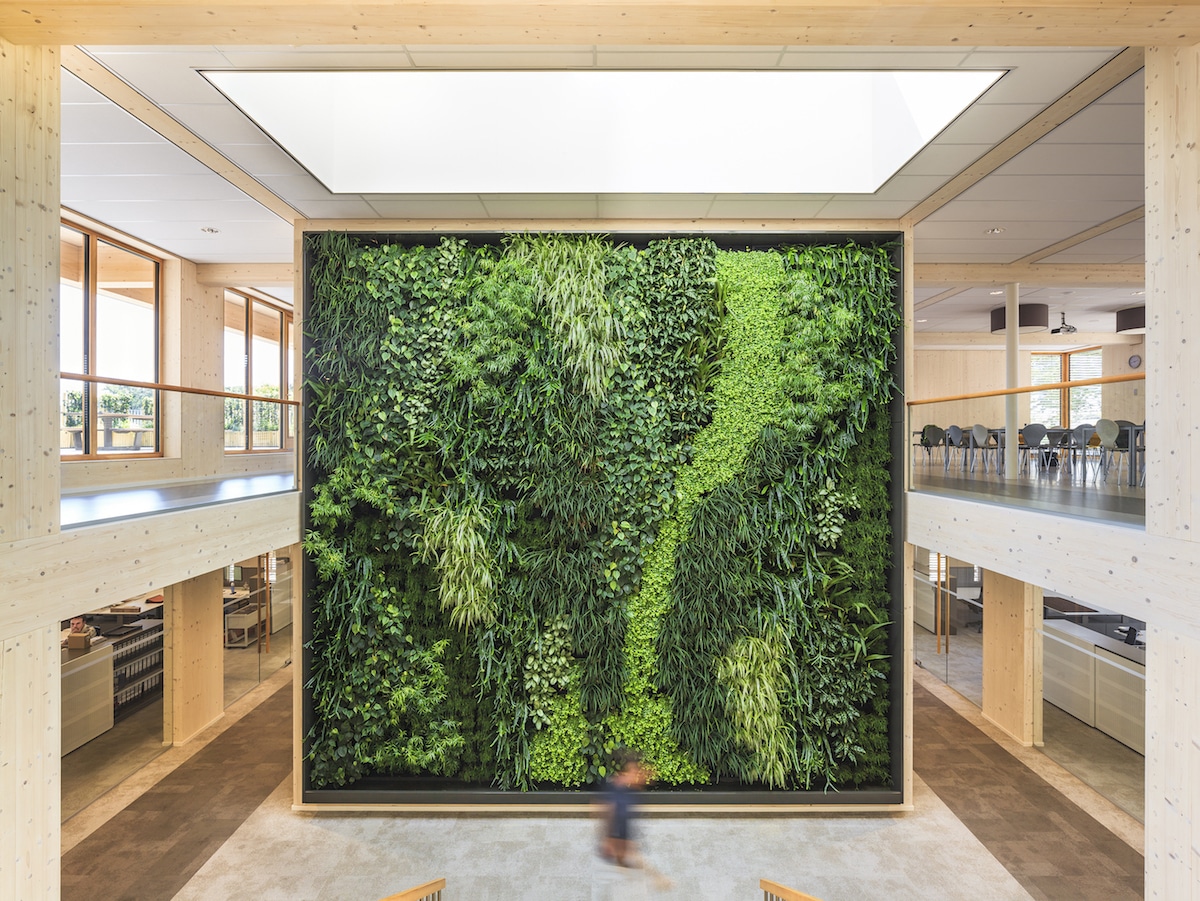

#Rate it green upgrade
Regional project delivery teams report Guiding Principles compliance, among other sustainability details, via GSA's gBUILD (Green Building Upgrade Information Lifecycle Database) system. GSA created a 21-item Guiding Principles Checklist (GPC) to track new construction and major renovation projects' compliance with the Guiding Principles in categories of Integrated Design, Energy, Water, Indoor Environmental Quality, and Materials. Revised Guiding Principles for Sustainable Federal Buildings were issued by the Council on Environmental Quality in 2016. Ensure that new construction and major renovations conform to applicable building energy efficiency requirements and sustainable design principles.Reduce potable and non-potable water consumption, and comply with stormwater management requirements and.Achieve and maintain annual reductions in building energy use, and implement energy efficiency measures that reduce costs.It calls for agencies to cost-effectively meet goals including: It directs federal agencies to manage their buildings, vehicles, and overall operations to optimize energy and environmental performance, reduce waste, and cut costs. In 2018, Executive Order 13834 regarding Efficient Federal Operations superseded Executive Orders 13423, 13514, and 13693.

New GSA buildings and major renovations must meet requirements including: reducing fossil-fuel-generated energy consumption by 65 percent by 2015 and by 100 percent by 2030 managing water from 95th percentile rain events onsite and applying sustainable design principles to siting, design, and construction.

The Energy Independence and Security Act (EISA) of 2007 established additional environmental management goals.

13423 Strengthening Federal Environmental, Energy, and Transportation Management, have required Federal agencies to make annual progress toward 100% portfolio compliance with the Guiding Principles. In 2006, 19 federal agencies signed a Memorandum of Understanding committing to "federal leadership in the design, construction, and operation of High-Performance Sustainable Buildings." This interagency memo yielded what is now called the Guiding Principles for Sustainable Federal Buildings, and charged agencies to optimize buildings' performance while maximizing assets' life-cycle value. That guidance includes flowcharts to help simplify compliance with the energy efficiency laws, executive orders, and P100 sections applicable to GSA construction and modernization projects. energy production, and included building-related provisions to "design new federal buildings to achieve energy efficiency at least 30 percent better than ASHRAE 90.1 standards, where life-cycle cost effective." Designers and energy modelers are encouraged to use GSA's 2020 Energy Use Target Guidance to establish energy usage intensity targets. The Energy Policy Act (EPAct) of 2005 addressed U.S. For more information, contact Lance Davis ( or GSA and Sustainable Design Such an integrated approach positively impacts all phases of a building's life-cycle, including design, construction, operation and decommissioning. It is an integrated, holistic approach that encourages compromise and tradeoffs. Utilizing a sustainable design philosophy encourages decisions at each phase of the design process that will reduce negative impacts on the environment and the health of the occupants, without compromising the bottom line.


 0 kommentar(er)
0 kommentar(er)
